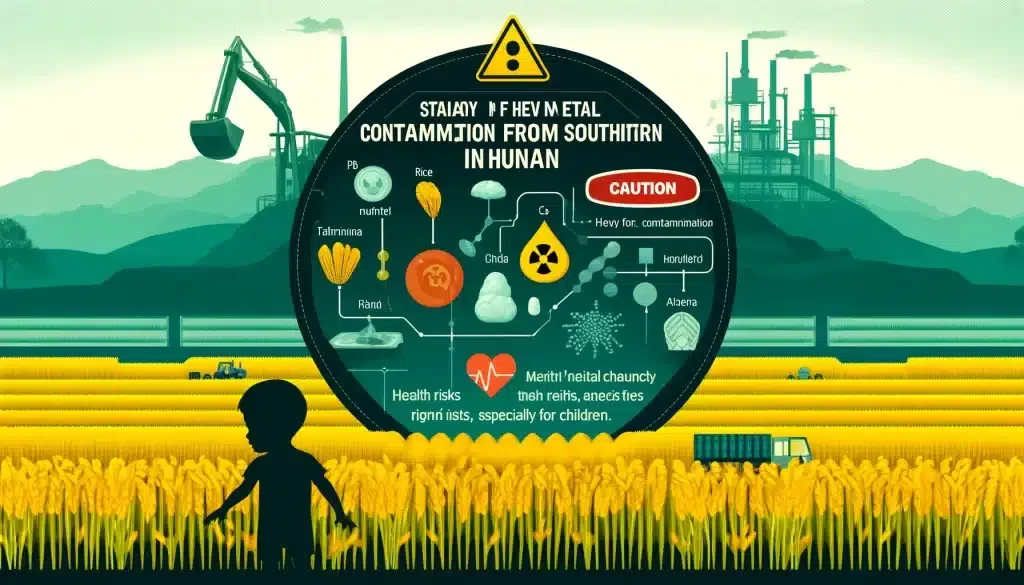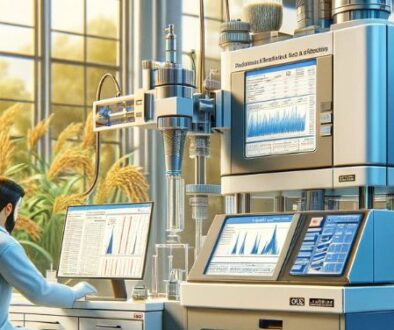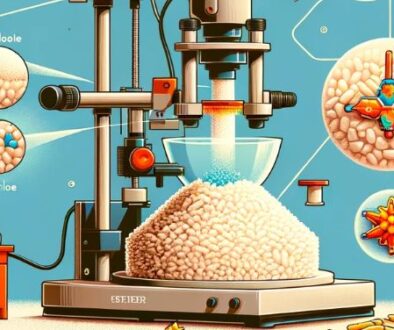In Vitro Simulation Experiment Method To Evaluate The Human Health Risks Of Heavy Metals In Rice From A Mining Area In Southern Hunan
Evaluating health risks of heavy metals in rice from mining areas in southern Hunan, highlighting increased risks, especially for children.
In order to evaluate the impact of heavy metals in rice on human health risks, rice samples were collected in a mining area and non-mining area in southern Hunan, and artificial simulation experimental methods were used to evaluate the intake and bioavailability of Pb, Zn, Cu, Cd and As in rice. . The results show that the contents of heavy metals Pb, Zn, Cu, Cd and As in rice from mining areas are 2.03, 30.08, 6.57, 2.34 and 3.80 mg¡¤kg-1 respectively, and the contents of heavy metals from rice in non-mining areas are 1.03, 8.65, 1.52, 0.15 and 0.30 respectively. mg¡¤kg-1, Pb (789.23, 562.00¦Ìg¡¤d-1), Zn (11701.12, 8332.16¦Ìg¡¤d-1), Cu (2555.73, 1819.89¦Ìg¡¤d-1) consumed by adults and children from eating rice in mining areas 1), Cd (910.26, 648.18¦Ìg¡¤d-1) and As (1478.20, 1052.60¦Ìg¡¤d-1) exceed the intake of Pb (400.67, 285.31¦Ìg¡¤d-1) and Zn ( 3364.57, 2395.84¦Ìg¡¤d-1), Cu (591.18, 420.97¦Ìg¡¤d-1), Cd (58.51, 41.67¦Ìg¡¤d-1) and As (116.70, 83.10¦Ìg¡¤d-1). Simulated adults and children In the stomach stage and small intestine stage, the average bioavailability of Pb, Zn, Cu, Cd and As in rice from mining areas is greater than the average bioavailability of heavy metals in rice from non-mining areas; at the simulated stomach stage, Pb, Zn, Cu, The average bioavailability of Cd and As was greater than the average bioavailability of heavy metals in the simulated small intestine stage. In the simulated gastric digestion stage, the bioavailable amounts of Cd in rice from mining areas were 3.11 times (adults) and 4.42 times (children) respectively of the tolerable weekly intake; during the simulated small intestine stage, for Pb, Cd and Cd in rice from mining areas in adults, The bioavailability of As did not exceed the tolerable weekly intake, while the bioavailability of Pb and Cd in rice from mining areas for children exceeded the tolerable weekly intake. Therefore, adults and children in mining areas will have health risks to their bodies by eating rice from this area, and the health hazards to children are more obvious.
Introduction to Heavy Metal Contamination Study
Heavy metal contamination in agricultural products is a growing concern due to its potential impact on human health. In a recent study conducted in southern Hunan, China, the focus was placed on evaluating the health risks associated with the consumption of rice contaminated with heavy metals. This study is particularly relevant in regions proximate to mining activities where the likelihood of heavy metal contamination is higher. The research aimed to assess the intake and bioavailability of heavy metals, specifically lead (Pb), zinc (Zn), copper (Cu), cadmium (Cd), and arsenic (As), in rice grown in mining and non-mining areas.
Study Methodology and Heavy Metal Concentrations
Rice samples were meticulously collected from both mining and non-mining locales, with subsequent analysis conducted through artificial simulation experimental methods. The findings revealed significant disparities in the concentration of heavy metals in rice from these two areas. Specifically, rice from mining areas exhibited considerably higher levels of Pb, Zn, Cu, Cd, and As, with concentrations recorded at 2.03, 30.08, 6.57, 2.34, and 3.80 mg/kg respectively. Conversely, rice from non-mining areas contained much lower concentrations of these metals, demonstrating the impact of mining activities on heavy metal accumulation in rice.
Health Risk Assessment from Heavy Metal Intake
The study further delved into the human health implications of these findings by evaluating the daily intake of these heavy metals through rice consumption. Alarmingly, the intake levels of Pb, Zn, Cu, Cd, and As from rice in mining areas for both adults and children notably exceeded those from non-mining areas. The intake levels not only surpassed those from non-mining regions but also exceeded global safety thresholds for heavy metal consumption, highlighting a significant health risk.
Bioavailability of Heavy Metals in Digestive Stages
Bioavailability analysis in simulated gastric and small intestinal digestion stages indicated that heavy metals in rice from mining areas had a higher bioavailability compared to those from non-mining areas. Furthermore, it was observed that the bioavailability of these metals was greater in the gastric stage than in the small intestinal stage. This finding is crucial as it underscores the body’s potential to absorb these metals more readily at the initial stage of digestion, posing an immediate risk to health.
Children at Higher Risk from Contaminated Rice
Of particular concern was the discovery that the bioavailable amounts of Cd in rice from mining areas were multiple times the tolerable weekly intake, with children being at a greater risk than adults. While the bioavailability of certain metals did not exceed the tolerable weekly intake in adults during the simulated small intestine stage, children were not as fortunate, with levels of Pb and Cd surpassing safe consumption limits.
Conclusion and Call for Action
The implications of this study are profound, underscoring the pressing health risks posed by the consumption of rice contaminated with heavy metals in mining areas. The findings highlight an urgent need for regulatory measures and interventions to mitigate these risks, especially for the most vulnerable populations such as children. Furthermore, this research calls for heightened awareness and proactive strategies to monitor and manage heavy metal contamination in agricultural products, ensuring food safety and protecting public health in mining-impacted regions.
For futher details of this article and research, feel free to contact our team for assistance.
Original research was done by Lan Dizhong, Lei Ming, Zhou Shuang, Liao Baihan, Cui Yanshan, Yin Naiyi, Shen Yue
About ETprotein:
ETprotein, a reputable plant protein vegan protein Chinese factory manufacturer and supplier, is renowned for producing, stocking, exporting, and delivering the highest quality organic bulk vegan protein and plant proteins. They include Organic rice protein, clear rice protein, pea protein, clear pea protein, oat protein, watermelon seed protein, pumpkin seed protein, sunflower seed protein, mung bean protein, peanut protein, various of plant peptides etc. Their offerings, characterized by a neutral taste, non-GMO, allergen-free attributes, cater to a diverse range of industries. They serve nutraceutical, pharmaceutical, cosmeceutical, veterinary, as well as food and beverage finished product distributors, traders, and manufacturers across Europe, USA, Canada, Australia, Thailand, Japan, Korea, Brazil, and Chile, among others.
ETprotein specialization includes exporting and delivering tailor-made protein powder and finished nutritional supplements. Their extensive product range covers sectors like Food and Beverage, Sports Nutrition, Weight Management, Dietary Supplements, Health and Wellness Products, and Infant Formula, ensuring comprehensive solutions to meet all your protein needs.
As a trusted company by leading global food and beverage brands and Fortune 500 companies, ETprotein reinforces China’s reputation in the global arena. For more information or to get a free sample of their protein products, please contact them and email sales(at)ETprotein.com today.












